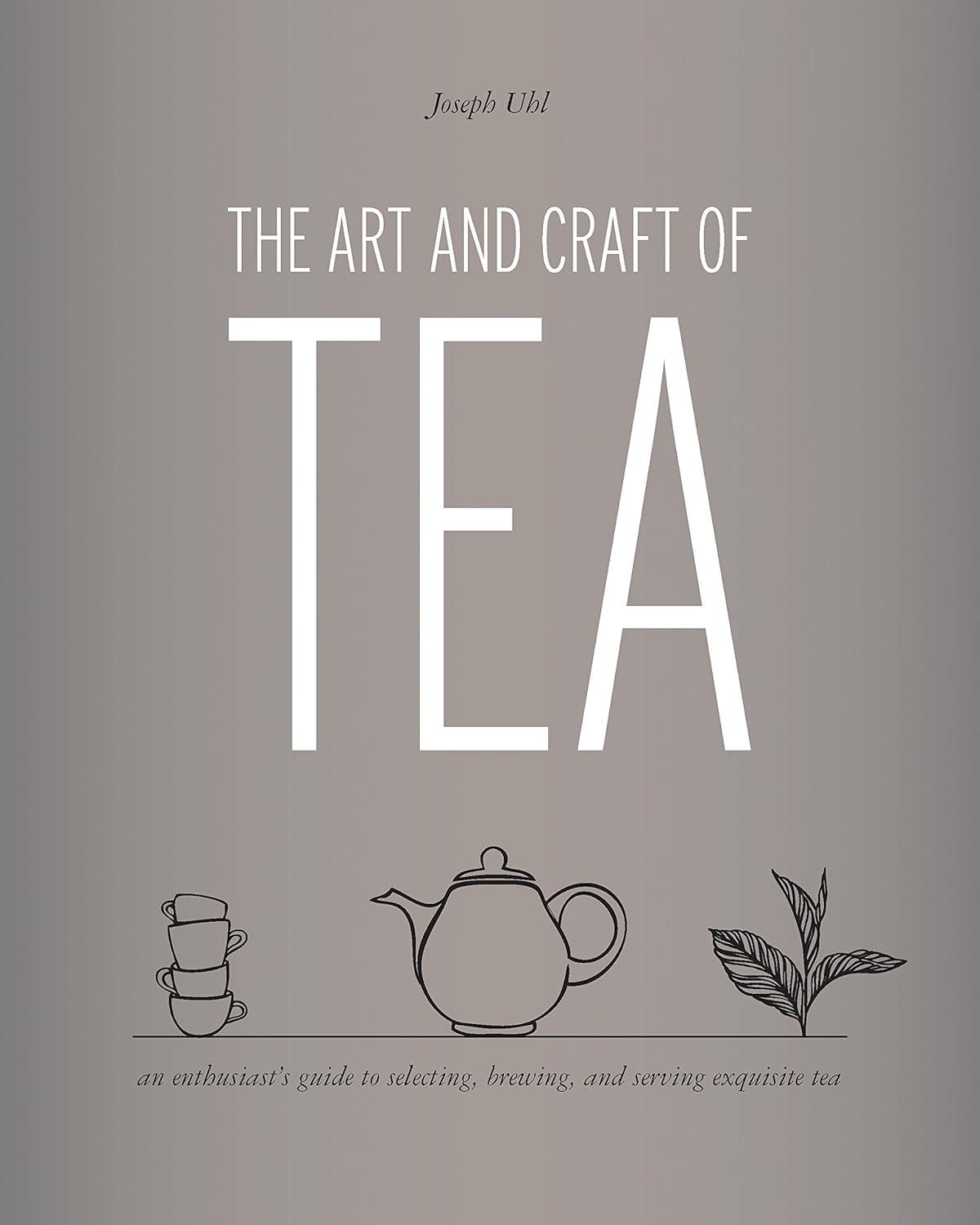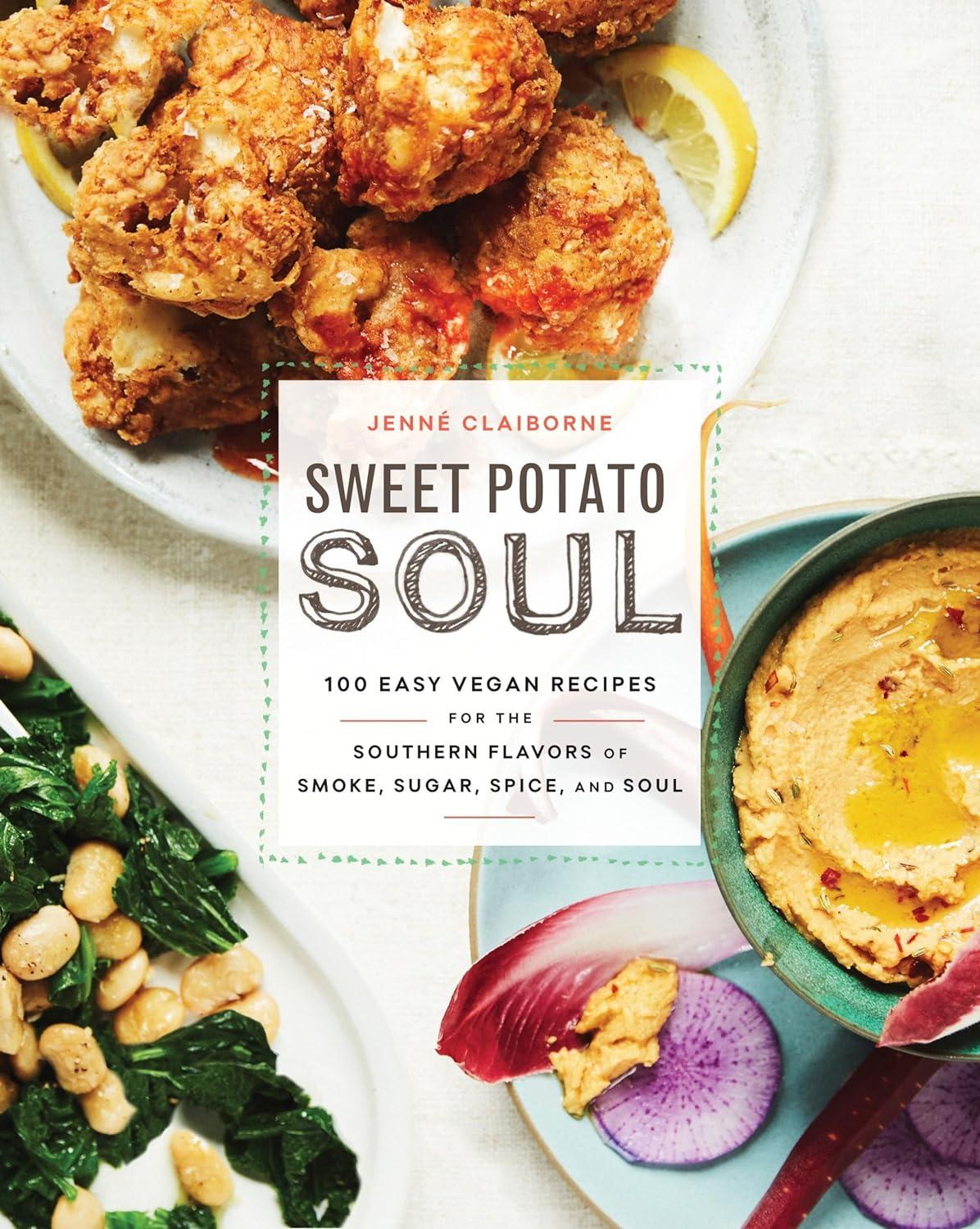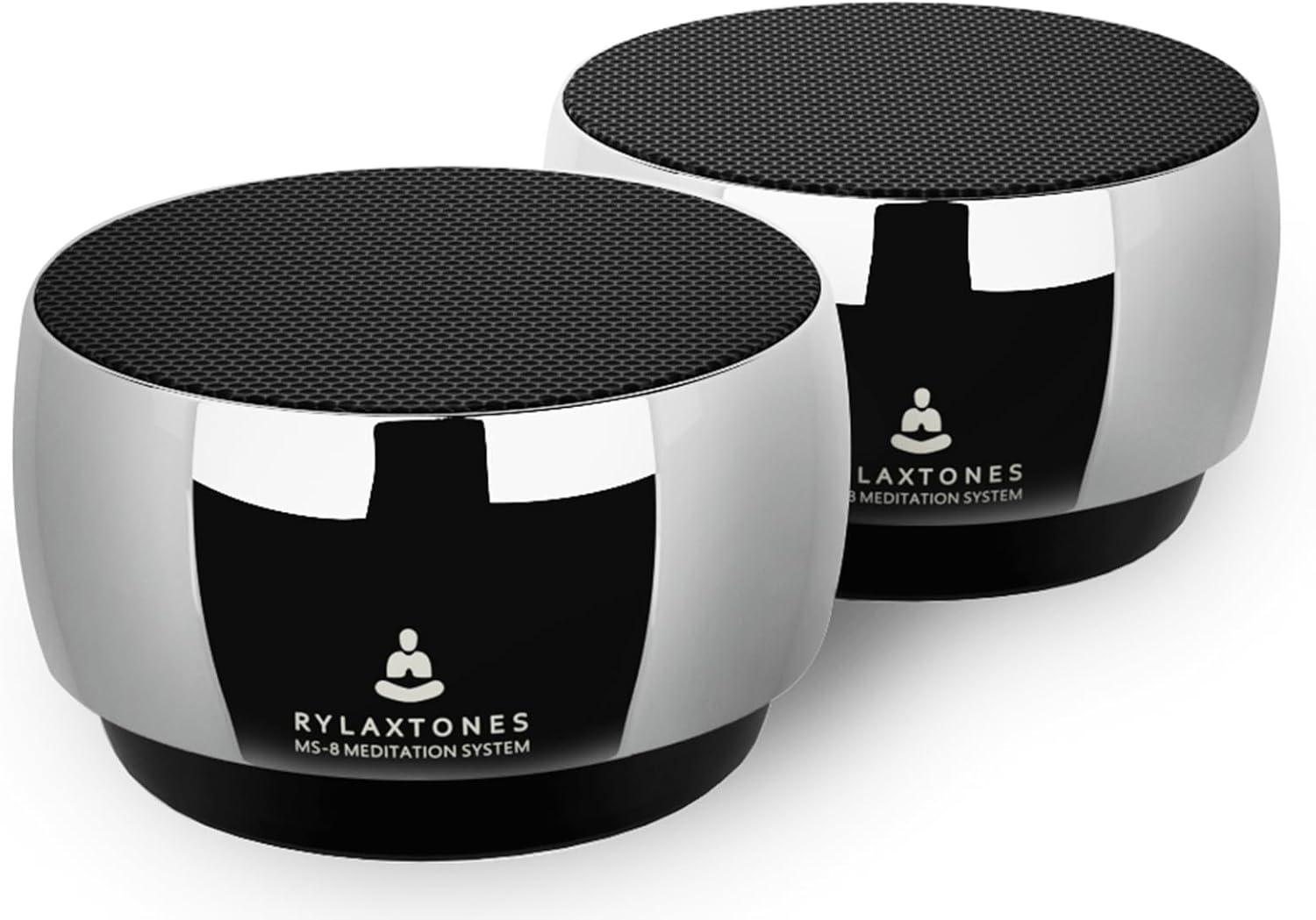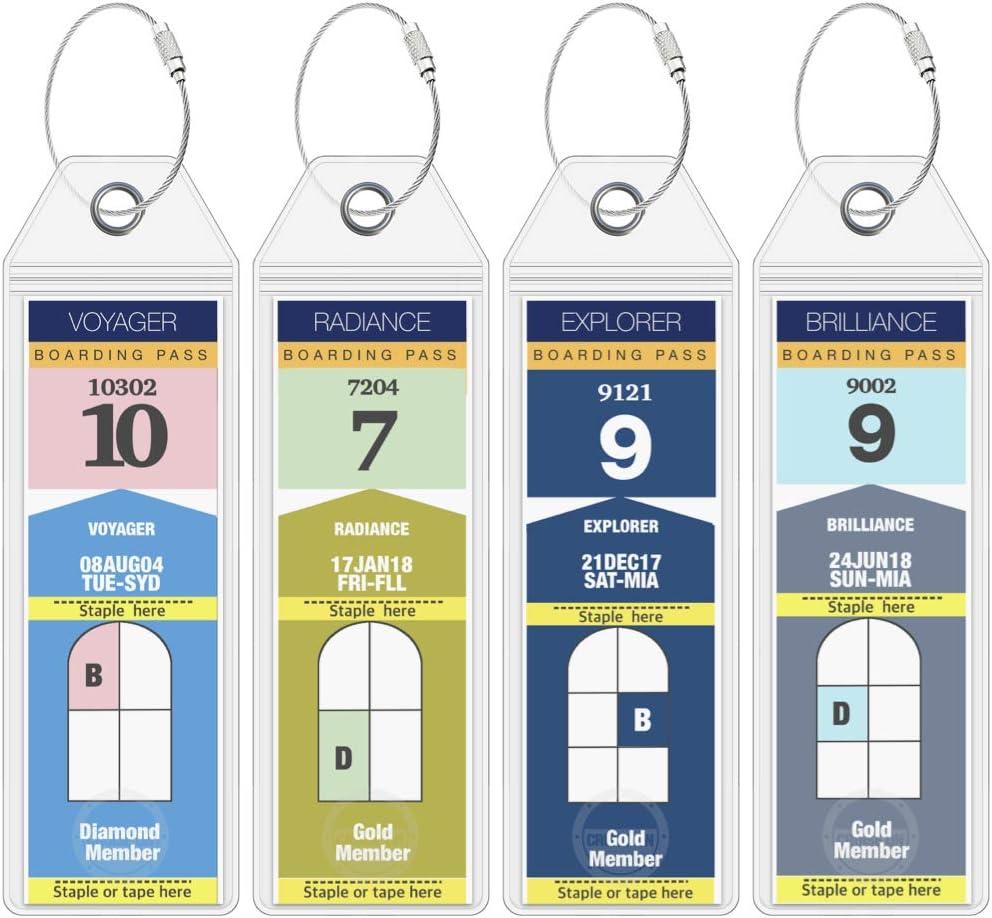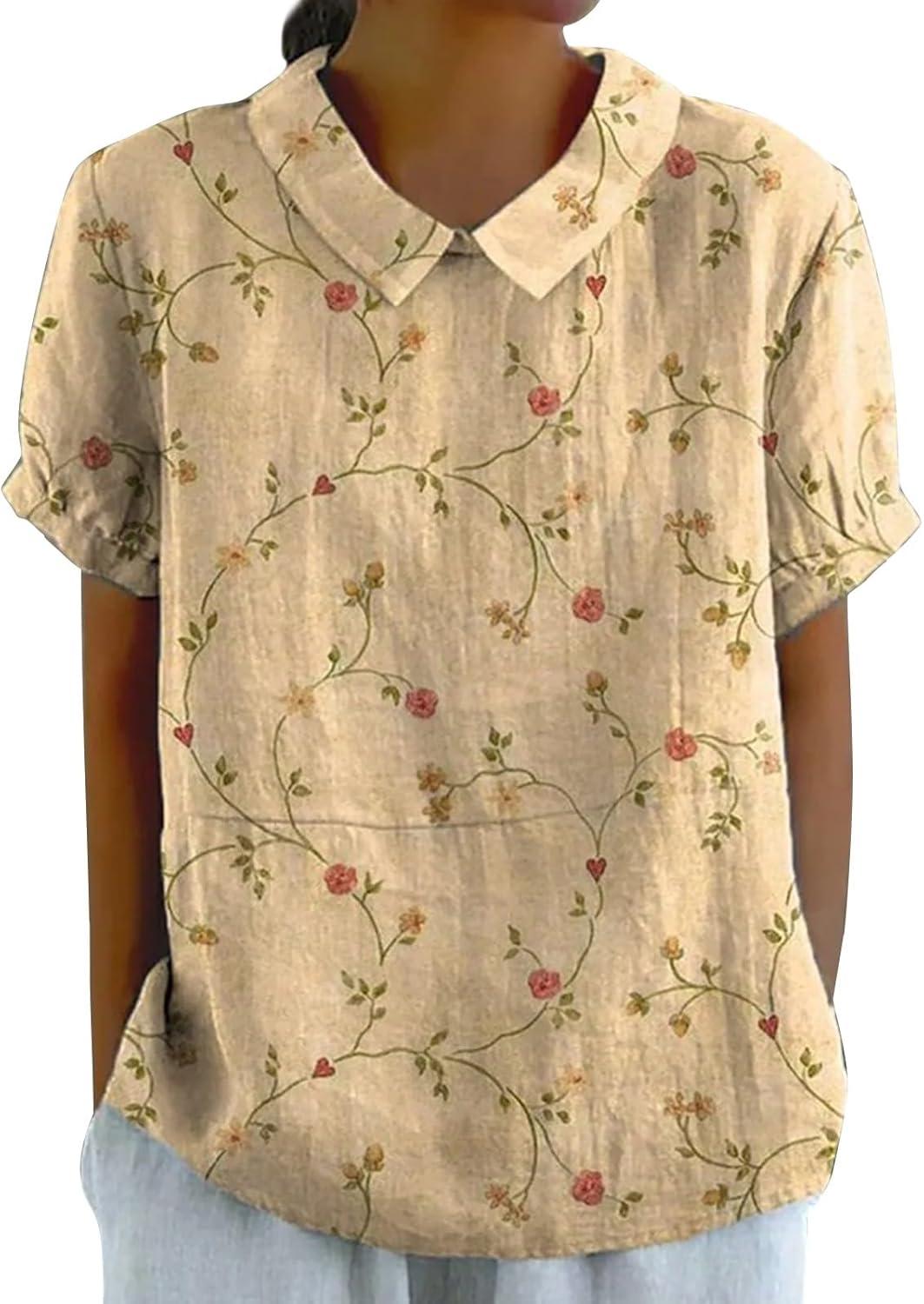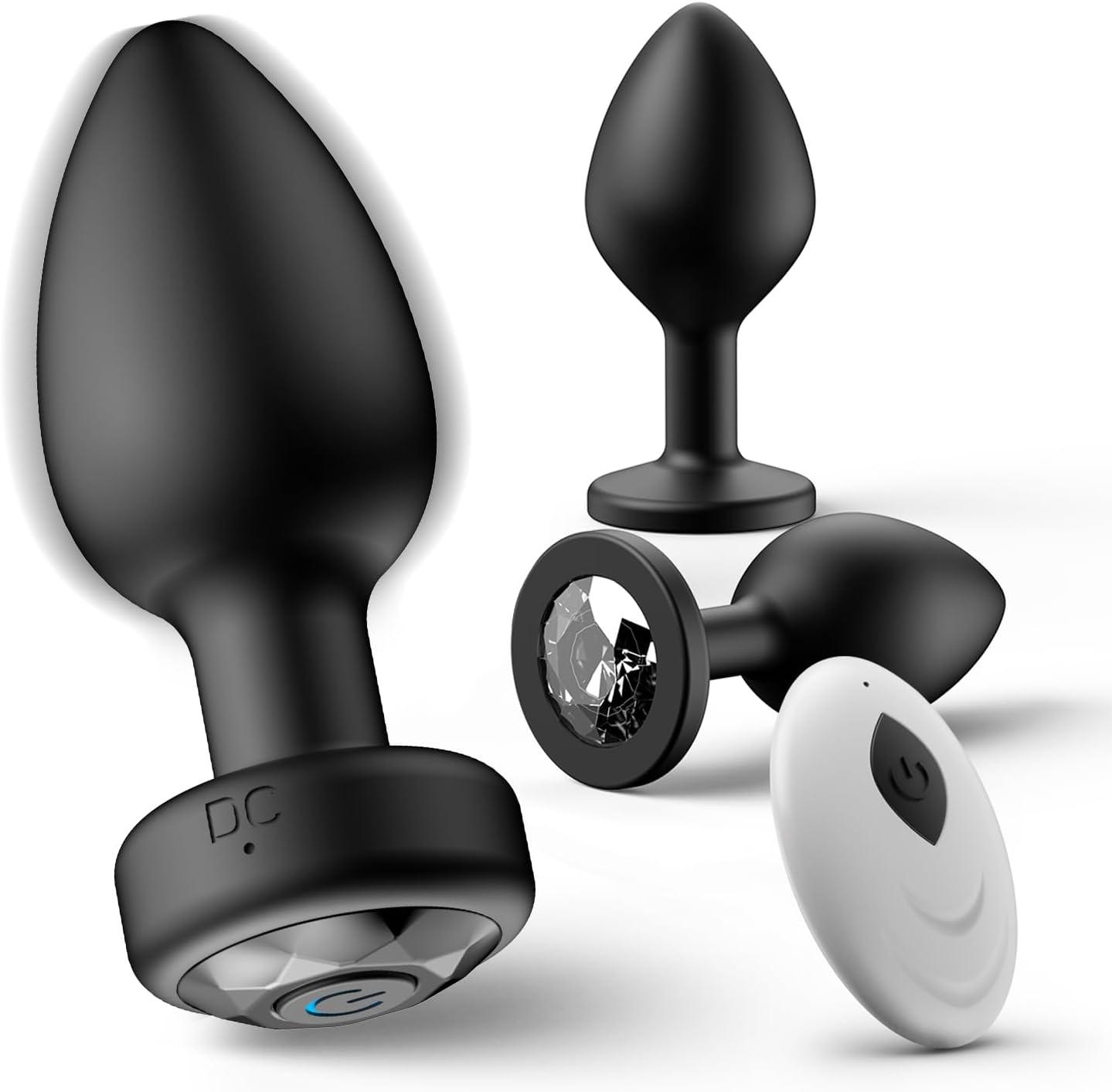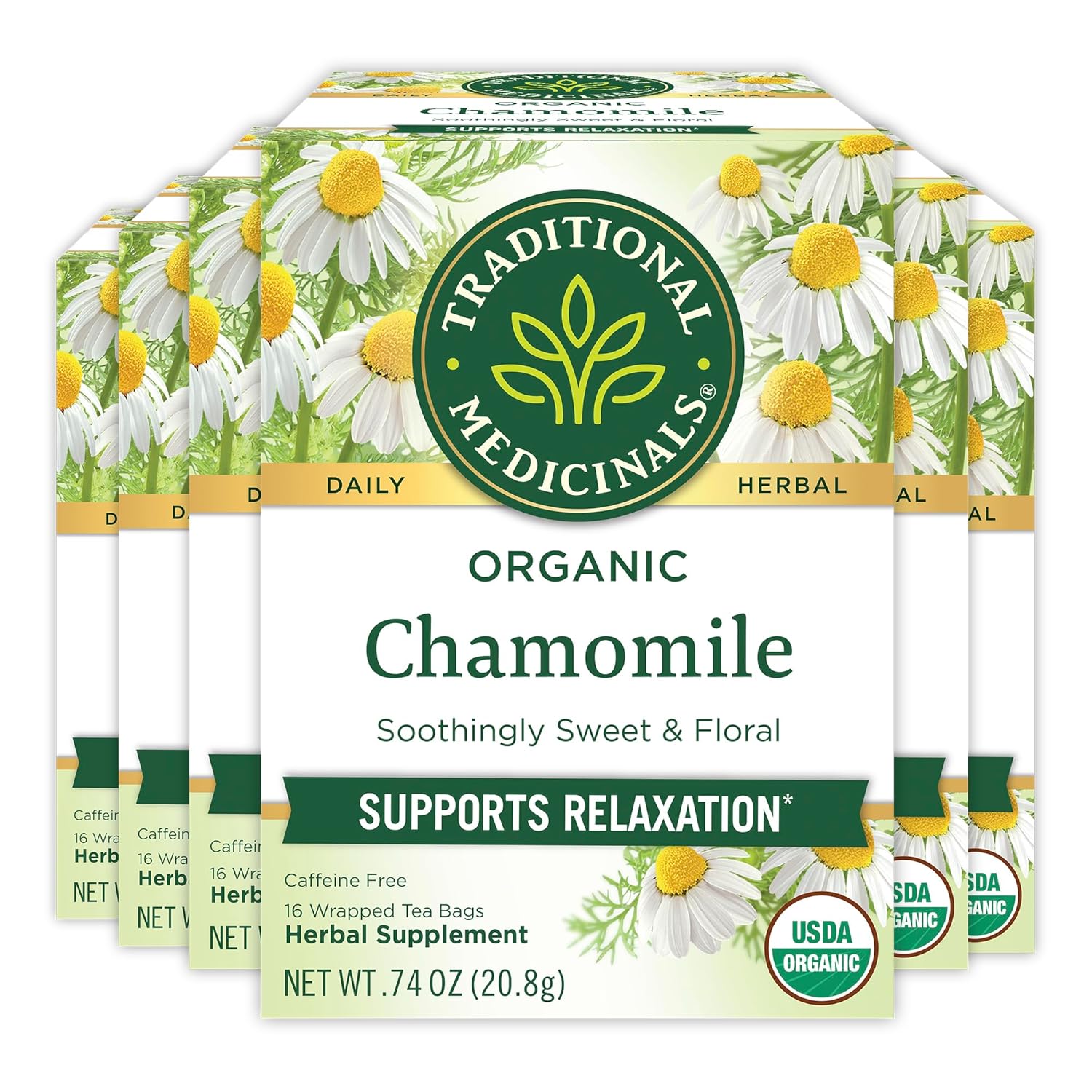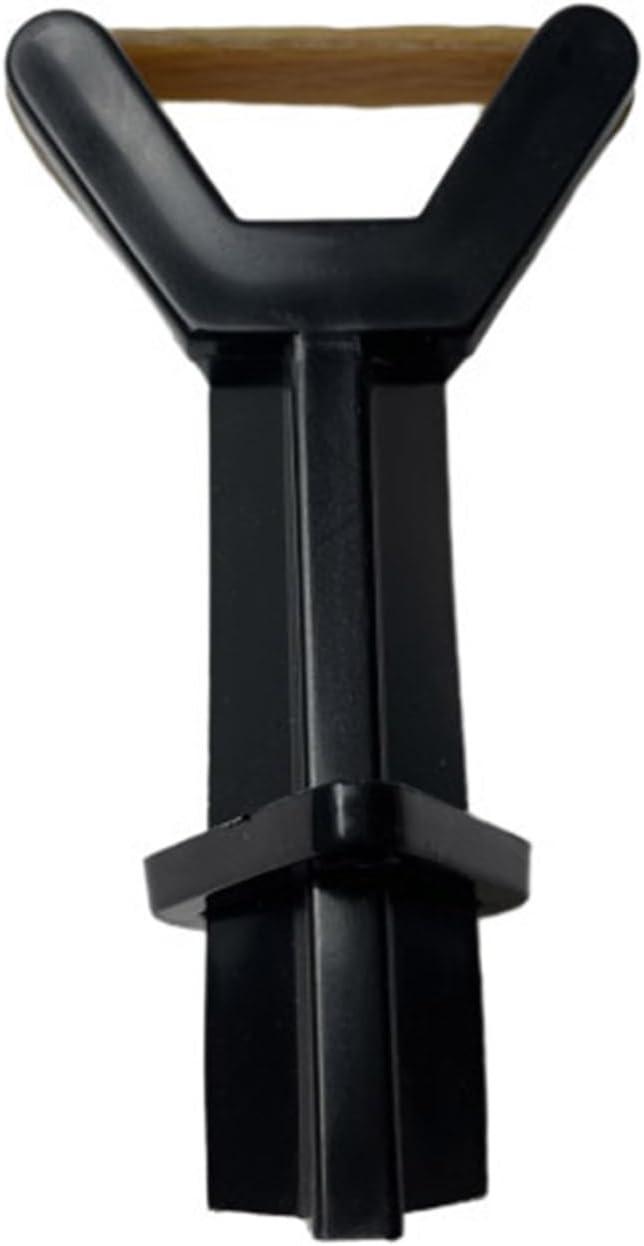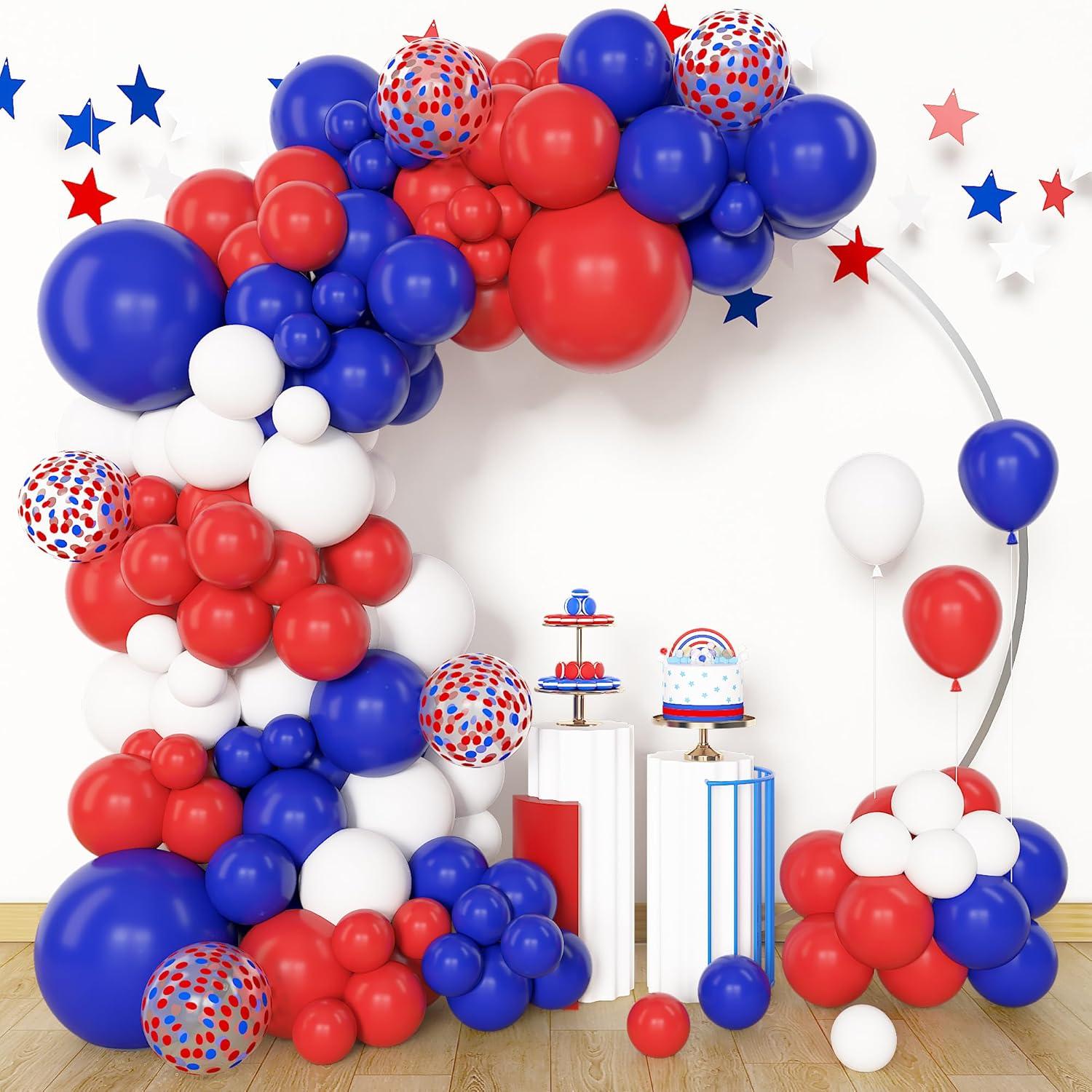A Journey Through the World of Tea

Embarking on , this guide offers a deep dive into the nuanced art of selecting and brewing brews that transcend the ordinary. joseph Wesley Uhl's passion for tea is palpable, blending historical context with practical advice on how to elevate your home tea-making experience. From the earthy flavors of traditional chinese oolongs to the intricacies of Indian chai, the book feels like a conversation with a seasoned tea connoisseur, making complex techniques accessible without sacrificing depth.
Cooking with tea becomes a delightful exploration of creativity, as uhl presents recipes for crafting blends using natural ingredients. Whether you're experimenting with herbal infusions or designing your own tea cocktails, the book encourages a sense of playfulness and personalization.The inclusion of global brewing methods, from Japanese ceremonies to Turkish traditions, adds a cultural richness that transforms each cup into a moment of connection with the world's tea heritage.
What sets this book apart is its reverence for the craft,balancing educational content with actionable tips. Uhl's illustrated format brings visual appeal to the proceedings, while the concise 160-page structure ensures you'll always have a quick reference. Yet, for those seeking exhaustive detail or advanced techniques, the book may feel slightly abbreviated, leaving room for further exploration beyond its pages.
| key Features | Pros | Cons |
|---|---|---|
| History & Origins Explores tea's global journey, from ancient traditions to modern innovations. |
Engaging storytelling Extensive cultural insights |
Less focus on specialty teas |
| Brewing Techniques Detail on global methods, from steeping to infusing. |
Practical, step-by-step guidance Encourages experimentation |
Basic approach may lack advanced tips |
| DIY Blends & Recipes Customizable tea recipes using natural ingredients. |
Interactive and creative Great for beginners and enthusiasts |
Shorter length limits depth |
The Essentials of Curating a Perfect Tea Collection

Joseph Wesley Uhl's guide to tea is a revelation for both novices and seasoned lovers of the brew. I found the book endlessly engaging, blending historical context with practical advice that brought a new level of gratitude to my tea rituals. From the origins of tea in China to modern brewing techniques across cultures, uhl's vivid descriptions made the process feel like a journey. His emphasis on natural ingredients and unprocessed teas resonated with my interest in healthy living, and I especially enjoyed the DIY section, which inspired me to create blends tailored to my taste. The proverb "Water is the mother of tea, a teapot its father, and fire the teacher" became a mantra in my kitchen, guiding every brew with mindfulness.
What stood out was the balance between education and accessibility.I learned about the nuanced differences between loose-leaf and bagged teas, and how to pair them with food for a harmonious experience. The global brewing methods section was a game-changer, teaching me to adapt techniques like Japanese sipping or Turkish boiling to suit my preferences. Though the book is brief, its compact size and illustrated format made it easy to digest, even as I absorbed its wealth of knowledge. Uhl's passion for tea is infectious, and I felt motivated to explore new flavors and traditions after reading it.
Whether you're curious about tea's role in history or eager to craft your own blends, this book delivers.I appreciated the structured approach, from selecting leaves to experimenting with iced tea and cocktails, which felt both creative and grounded. Though, the limited number of pages means some topics, like specific regional traditions, are only lightly touched upon, leaving room for further exploration. Still, the clarity of explanations and hands-on recipes made it a valuable resource for anyone seeking to deepen their tea expertise.
| key Features | pros | Cons |
|---|---|---|
| Global Tea Production & History Insights into origins, traditions, and cultural significance. |
|
|
| Brewing & Serving Guidance Step-by-step methods for different cultures and temperatures. |
|
|
| DIY Blend Recipes Natural ingredient pairings for custom tea creations. |
|
|
Mastering the Ritual of Tea Preparation
The Art and Craft of Tea is a delightful journey that transforms the humble cup of tea into a refined art form. Joseph Wesley Uhl's approachable yet knowledgeable tone guides readers through tea's rich history, from its ancient origins to modern global practices. I found the practical tips on brewing methods-like the precise water temperature for different varieties-both informative and easy to apply. The emphasis on water, teapot, and fire as essential elements reminded me how deeply connected the ritual of tea is to nature and tradition. Perfect for both beginners and seasoned enthusiasts, the book feels like a conversation with a passionate mentor.
What stood out was the blend of cultural context and hands-on advice. Uhl doesn't just describe tea; he invites readers to experience it. I appreciated the section on crafting DIY blends,which turned pantry staples into unique infusions. The illustrated format made complex techniques visually engaging, and the concise 160-page layout ensured the content remained digestible without feeling rushed. It's a great resource for anyone curious about tea's role in health, cuisine, and mindfulness.
Though the book occasionally glosses over niche regional teas,its broad scope covers a wealth of details. The structured chapters made it easy to navigate, and the mix of history, science, and creativity kept me engaged.For those passionate about tea as an artisanal pursuit, it's a valuable companion that bridges theory and practice.
| key Features | Pros | Cons |
|---|---|---|
| Comprehensive history of tea |
|
|
| Global brewing techniques |
|
|
| DIY tea blends and recipes |
|
|
Elevating the Experience of Tea Presentation
The Art and Craft of Tea is a delightful journey through the traditions and techniques of tea-making, guided by Joseph Wesley Uhl's passion and expertise.The book feels personal, as if he's sharing his knowledge directly with you, blending scholarly insights with practical advice. from understanding the global tea-growing regions to mastering brewing methods, it's packed with information that's both informative and easy to digest. One of the highlights is the creative "recipes" for DIY blends,which make the process feel like an enjoyable experiment rather than a chore.Uhl's reverence for tea is evident in every page, offering a fresh perspective on how this humble drink can elevate your daily routine.
What sets this guide apart is its balance of history and hands-on tips. The illustrated sections make complex details like tea oxidation and regional varieties accessible, while the cultural anecdotes add depth. The idea of tea as a shared experience is woven throughout,making it relatable for readers worldwide. Though the book occasionally touches on health benefits, it doesn't overstate them, focusing rather on flavor and craftsmanship. I particularly appreciated the chapter on iced tea and cocktails, which opened up new ways to enjoy tea beyond traditional settings. The practical examples, like pairing teas with foods, made the content feel immediatly useful.
Uhl's writing style is warm and inviting, almost like a conversation with a seasoned tea lover. The book's compact size and 160 pages mean it's a quick read, but each page is crammed with value. I found the DIY blend recipes especially inspiring, though they might require some experimentation. The lack of a modern focus on trendy blends could be a minor drawback for those seeking the latest trends. Still, for someone looking to deepen their tea knowledge in a way that's both educational and entertaining, this book delivers with a curated blend of tradition and innovation.
| Key features | Pros | Cons |
|---|---|---|
| Global tea history and origins |
|
|
Our hands-On Exploration of Tea Traditions and Modern Practices
Discovering the world of tea through Joseph wesley Uhl's lens felt like unlocking a treasure chest of knowledge. His blend of passion and expertise made even the moast complex aspects-like the ancient rituals of tea-making or the subtle differences in leaf varieties-easy to grasp. I particularly loved the hands-on approach, where he guides readers through brewing techniques with the care of a seasoned artisan. Each page brims with insights that transform tea from a simple drink into a cultural experience, and his emphasis on simplicity and quality resonated deeply. The proverb, "Water is the mother of tea, a teapot its father, and fire the teacher," became a mantra for my own brewing sessions, adding a layer of reverence to every cup.
What stood out most was the practicality of the DIY recipes. I experimented with creating my own blends using natural ingredients like citrus and spices, and the results were surprisingly appetizing. Uhl's descriptions of global brewing methods, from Japanese sencha to Moroccan mint, opened my eyes to how adaptable tea can be. His suggestions for iced tea and tea cocktails, though niche, sparked creativity in the kitchen. The book's compact size and illustrated format made it easy to carry and reference, turning it into a constant companion for tea lovers eager to deepen their craft.
The Art and Craft of Tea is a refreshing read that balances education with accessibility. Uhl's writing is warm and inviting, making the history of tea feel alive and relevant. While the 160-page count might feel brief for some, it covers enough ground to satisfy both novices and connoisseurs. The lack of elaborate jargon and the focus on everyday applications made it feel like a personal mentorship rather than a textbook. For anyone looking to explore tea with curiosity and confidence, this book is a delightful guide.
| Key Features | Pros | Cons |
|---|---|---|
| Global tea production insights,brewing methods,DIY blends |
|
|
Unlock your Potential
In the battle of molecular infusions versus handcrafted brews, sustainability emerges as the defining factor. While molecular techniques dazzle with precision and innovation, they often demand energy-intensive processes and synthetic additives.Handcrafted methods,rooted in tradition and natural ingredients,offer a more eco-conscious path,aligning with the growing demand for unprocessed,artisanal experiences. The Art and Craft of Tea bridges this gap, championing time-honored practices that honor both tea's heritage and the planet-proving that the best brews are those crafted with care, not complexity.

The art and Craft of Tea: An Enthusiast's Guide to Selecting, Brewing, and Serving Exquisite Tea
Discover sustainable tea practices and creative DIY brewing techniques.
Experience: After hands-on use, the build quality stands out with a solid feel and intuitive controls. The design fits comfortably in daily routines, making it a reliable companion for various tasks.
| Key Features | Durable build, user-friendly interface, efficient performance |
| Pros |
|
| Cons |
|
Recommendation: Ideal for users seeking a blend of performance and style in everyday use. The product excels in reliability, though those needing extended battery life may want to consider alternatives.
